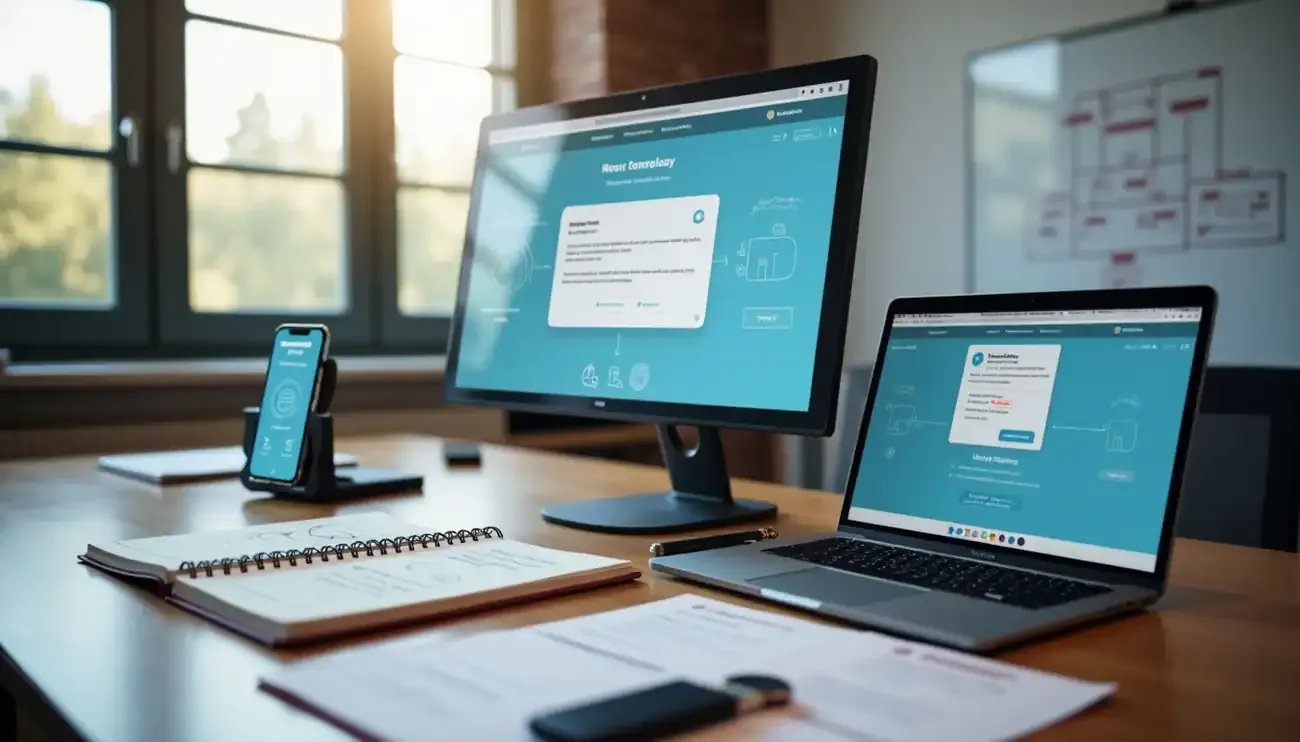How to Leverage a Mobile Testing Platform the Right Way
In all areas of technology, users have extremely high expectations around quality.
Whether developing a game, a productivity app, or an internal enterprise tool, even the smallest bugs in a production release are simply not acceptable. Design bugs, content bugs, functional bugs – any such issues elicit poor reviews. (And brutal Twitter commentary.) “Known issues” simply do not fly with today’s users.
Application and network performance expectations are equally high. As such, one of the key drivers of mobile growth has been the snappy responsiveness of installed mobile applications. Animations should be smooth, views should load quickly, and content should be cached so users are not left waiting while they stare at a “loading” message. With expectations like these, testing all aspects of a mobile application is critical.
Testing begins by getting to know your user base. Mobile devices and applications are now used by almost all demographic groups: male and female, highly technical and Luddite, young and old, patient and impatient. Examining these user personas and thinking through how each group might approach an application is essential. Furthermore, we cannot just test the “happy path” for each persona. We must delve into edge cases and test through the wide variety of scenarios and less-than-optimal environments in which the app might be utilized.
Finally, testing should be completed across a variety of the most common operating systems, devices, view sizes, and screen resolutions. In the world of the omnichannel user, where the number of combinations quickly becomes unmanageable, testing platforms are essential. Some platforms offer virtual testing on simulators, while others offer remote testing on actual devices. In both cases, much of the testing can be automated. Leveraging this type of automated testing is the key to eliminating issues across such a wide variety of device and operating system options, and selecting the right platform to drive it is a vital decision.









